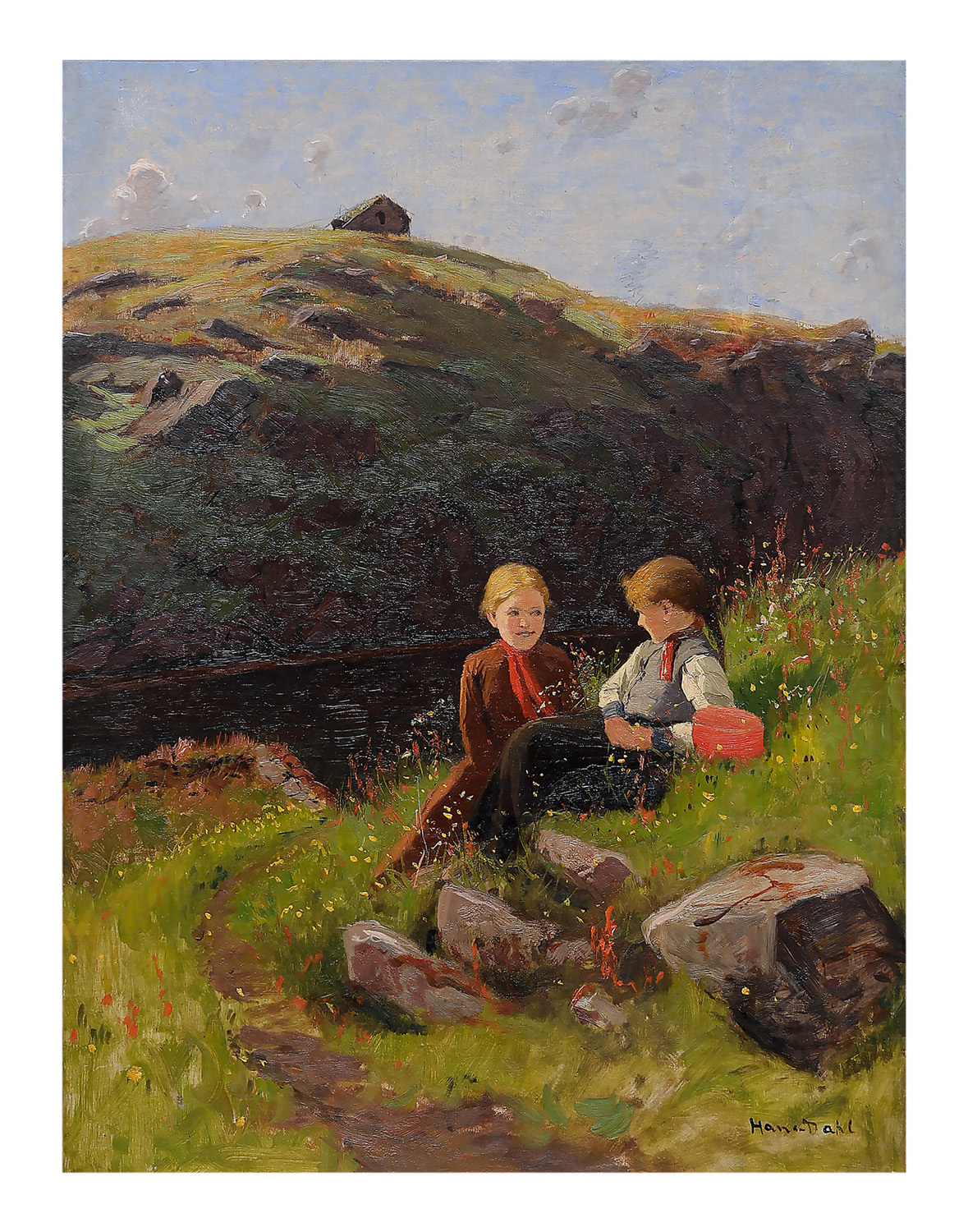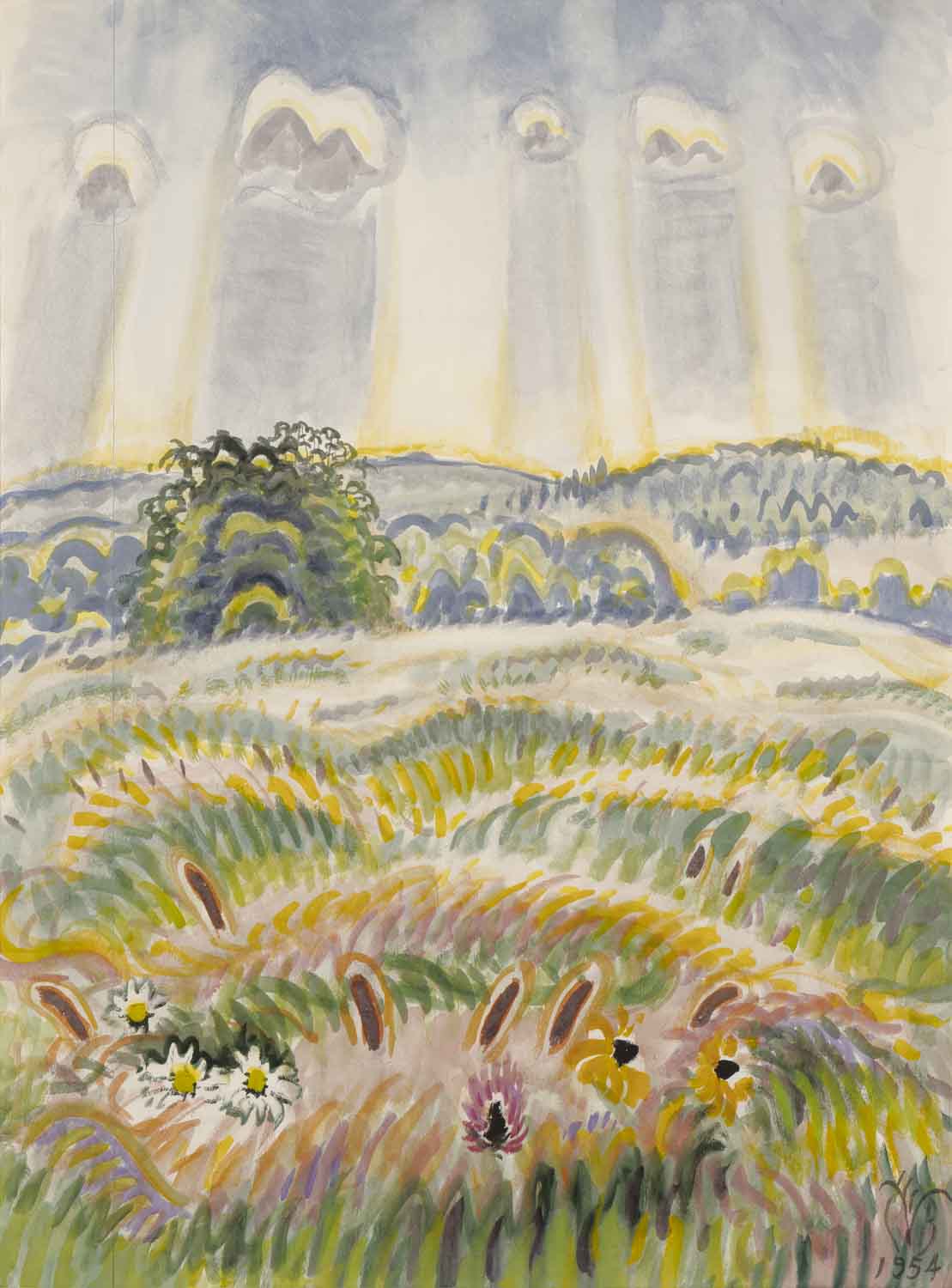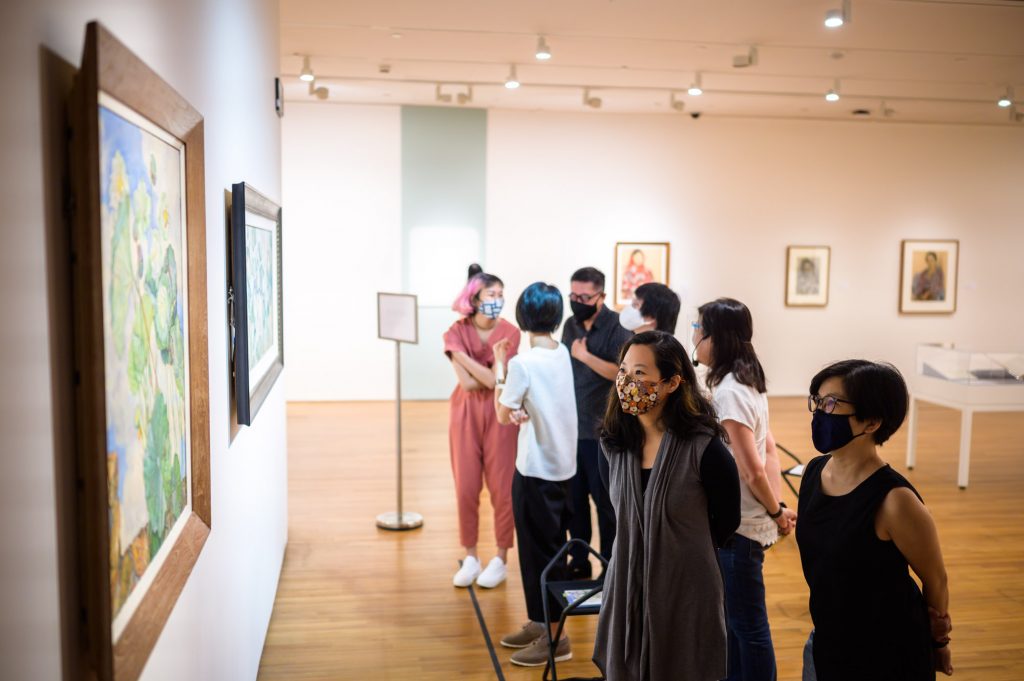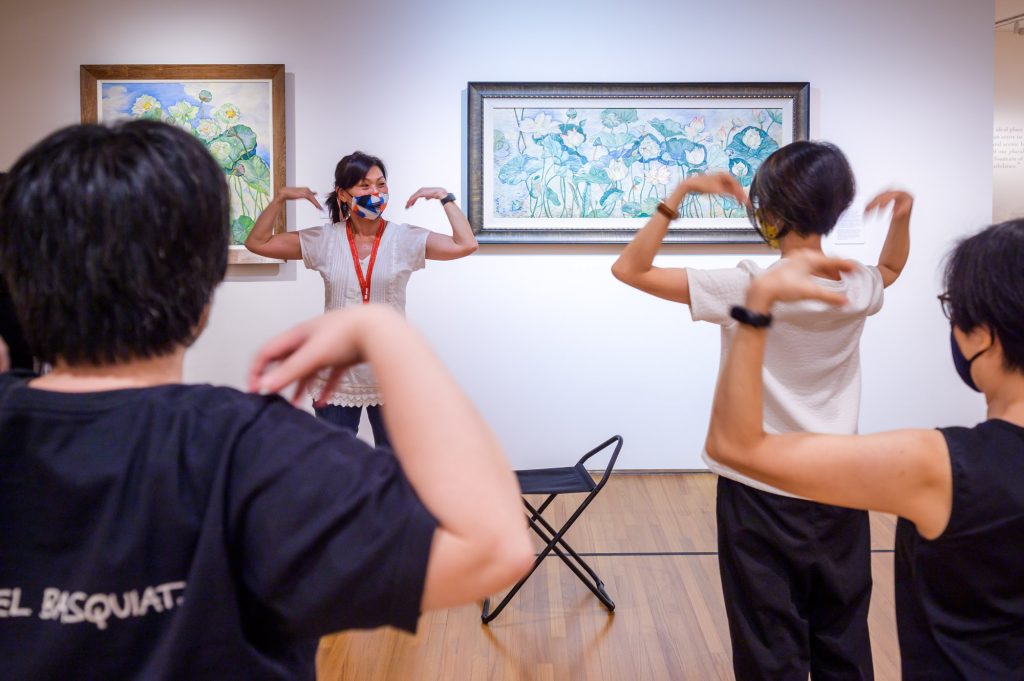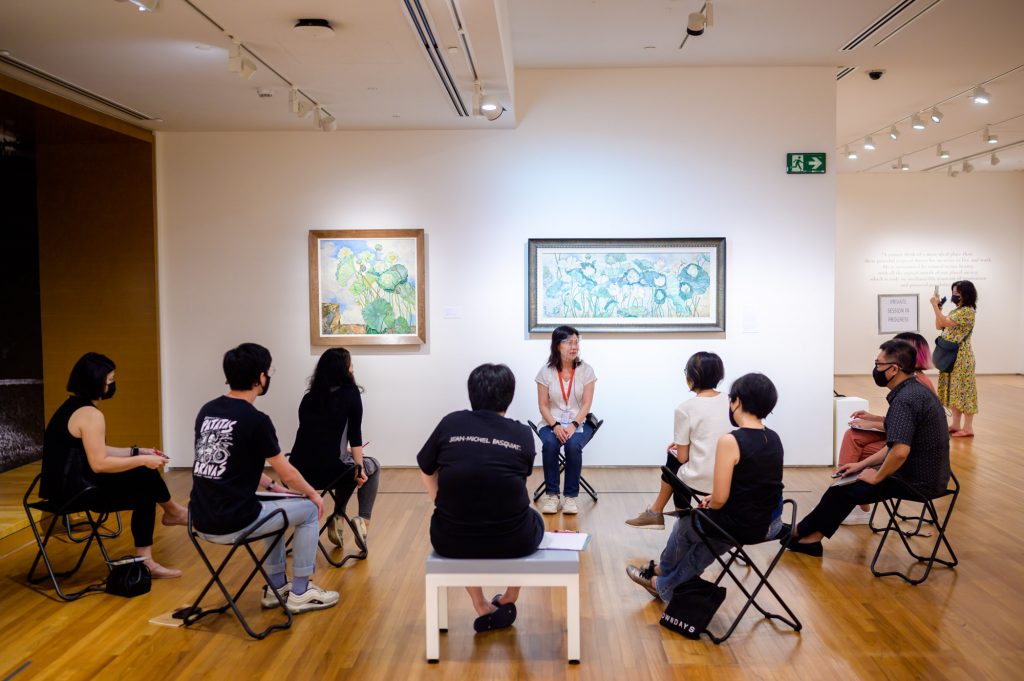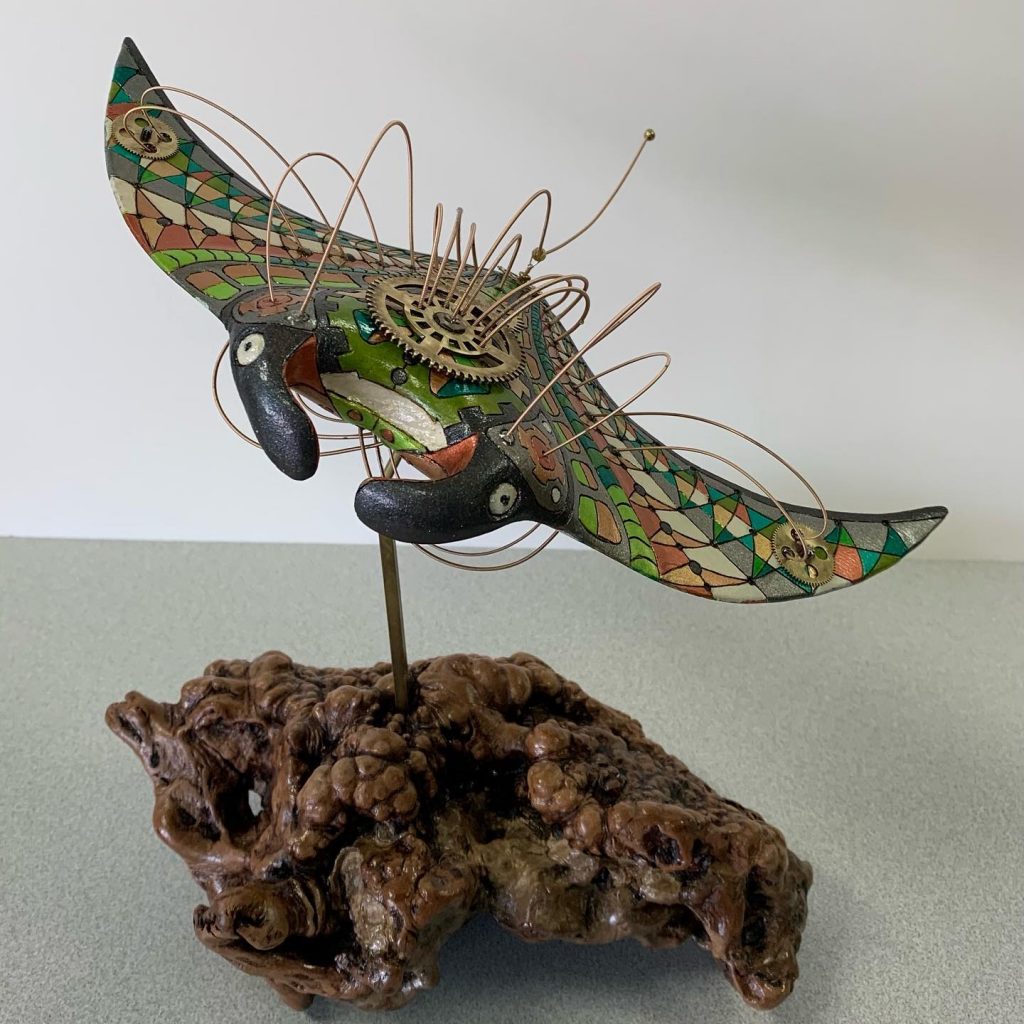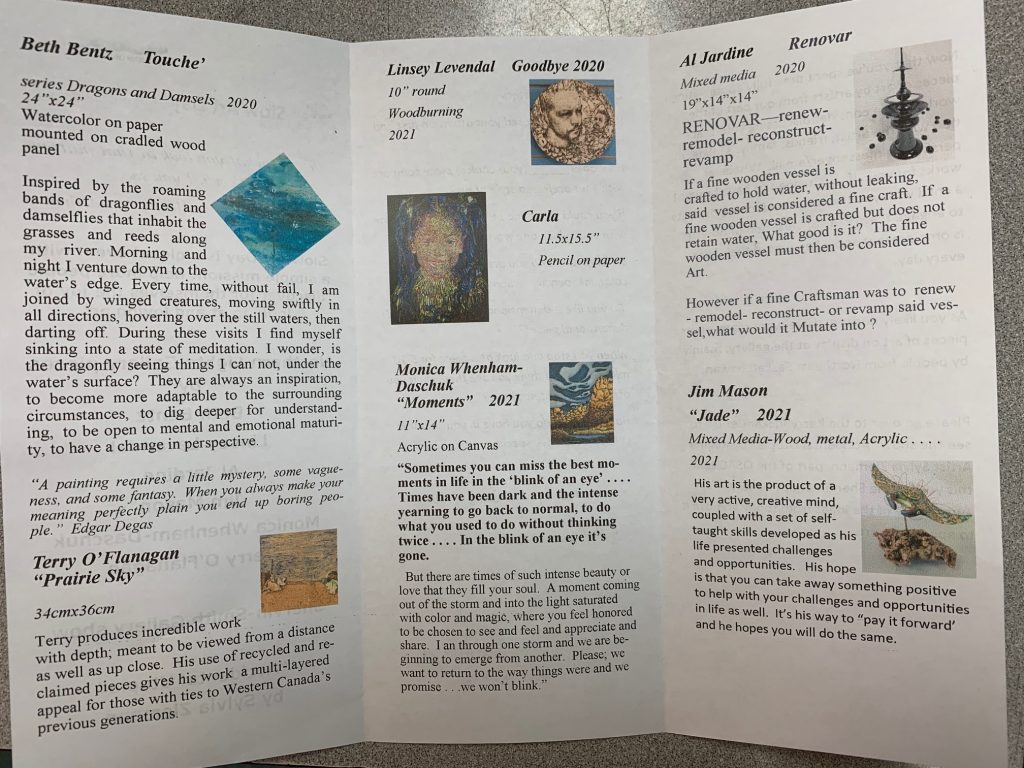For their second Slow Art Day, The Freer Gallery of Art and Arthur M. Sackler Gallery, the Smithsonian’s National Museum of Asian Art in Washington, D.C., organized a virtual slow looking workshop specifically for art educators focused on the Japanese artist Katsushika Hokusai (1760–1849). The aim of the session was to share slow looking ideas and skills that can be applied as teaching methods.
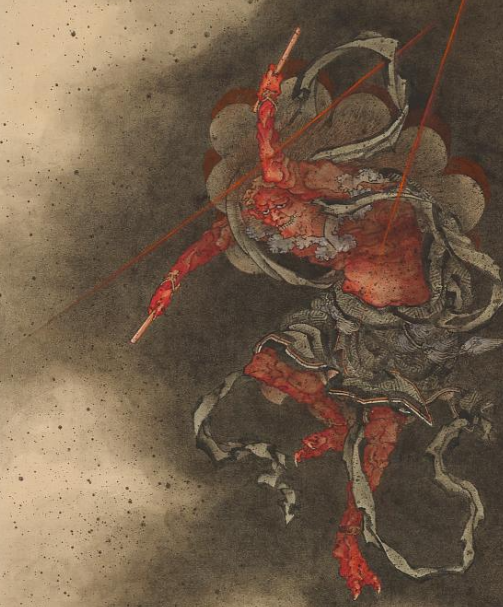
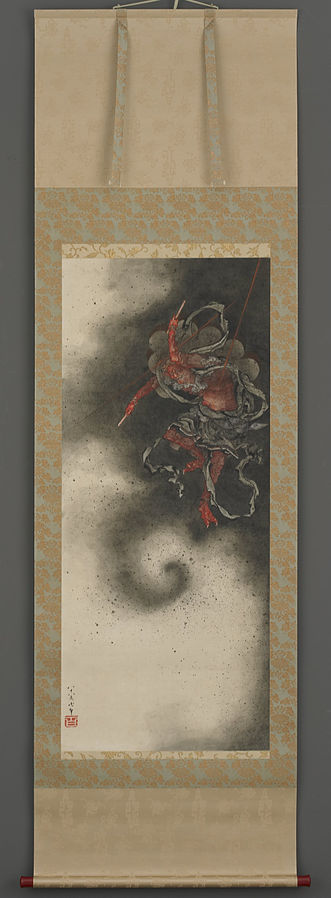
After a brief introduction by Education Specialist Jennifer Reifsteck, Faylinda Kodis, high-school Visual Educator, led the slow looking activity. BoBeen Chung, Program Assistant for the Department of Engagement and Visitor Experience, supported by sharing links for participants in the chat. The structure of the session is outlined below.
1. Start with a relaxation and meditation “eye palming” activity
2. Observe Hokusai’s “Thunder God” for 10 minutes – without prior knowledge of the work (and without distractions, including mobile phones).
3. Write observations on Hokusai’s artwork using the following prompts:
- Describe: What did you see?
- Analyze: Why do you think the artist made certain decisions in this artwork?
- Interpret: What is the message, story, or theme of this artwork?
- Inquire: What would you like to know about this artwork?
4. Discussion of the artwork and observations
Jennifer Reifsteck closed the day’s program by sharing a brief history of the Freer and Sackler’s Galleries, information on Hokusai’s collection, and where to find lesson plans and useful material for educators on the Gallery’s website.
We encourage educators to view the recording of the session and this Google doc highlighting the participants’ reflections.
The event was attended by 53 participants from all over the world, including Romania, France, India, Austria, and several states across the United States: Virginia, Maryland, Washington, D.C., Connecticut, Florida, California, Rhode Island, and New York.
Participants loved the event, and left positive feedback:
“Congratulations and THANK YOU for today’s work and the follow-on resources. What lovely teamwork and expertise to share with us educators. Thanks to all participants, too!”
Participant’s quote from Zoom’s chat
“These resources/sharings are some of the BEST things that have come out of the pandemic, RIGHT? Bless your good work!”
Participant’s quote from Zoom’s chat
“Amazing! Thank you, I am very inspired by this educational slow looking technique.”
Participant’s quote from Zoom’s chat
“Thank you for this wonderful approach to perception.”
Participant’s quote from Zoom’s chat
“Excellent, very informative & inspirational lessons on slow looking with Hokusai at Freer with you. Thank you so much.”
Participant’s quote from Zoom’s chat
“Thank you for all of this. It was very informative and of great benefit for me and my teaching going forward.”
Participant’s quote from Zoom’s chat
“Therapeutic to slow look. I appreciate this platform to collaboratively slow look and appreciate out loud. So I’m curious if the Freer or other art museums are offering more mornings like this to bring folks together for the shared experience. Now that the nation is ZOOMING as never before, it unleashes some more possibilities.”
Participant’s quote from Zoom’s chat
At Slow Art Day HQ, we are excited that the Smithsonian designed a slow art event specifically for educators, which advances our mission of equipping educators with the skills to implement slow looking in their teaching.
We look forward to seeing what they come up with in 2022!
Johanna, Jessica, Ashley, and Phyl

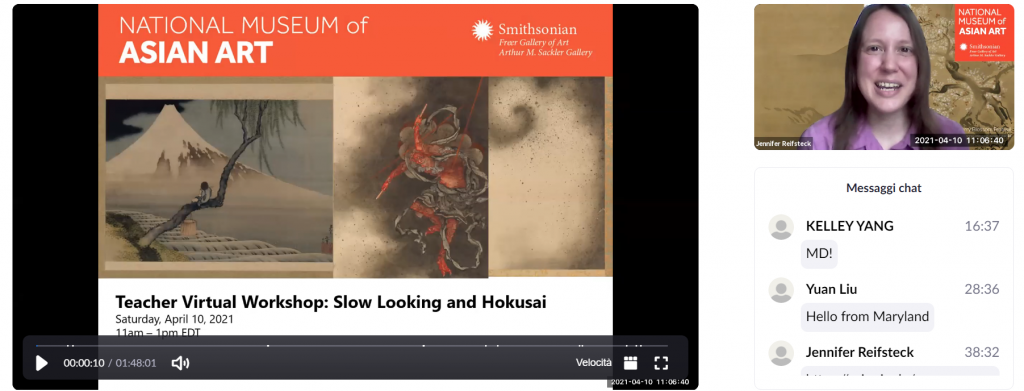


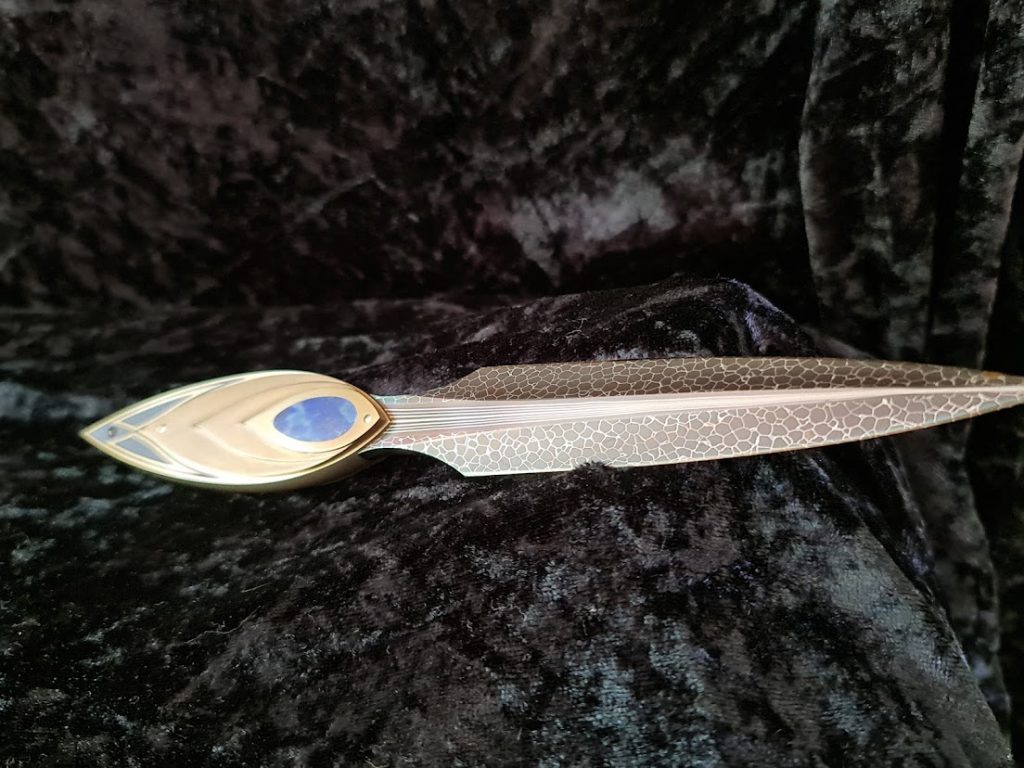

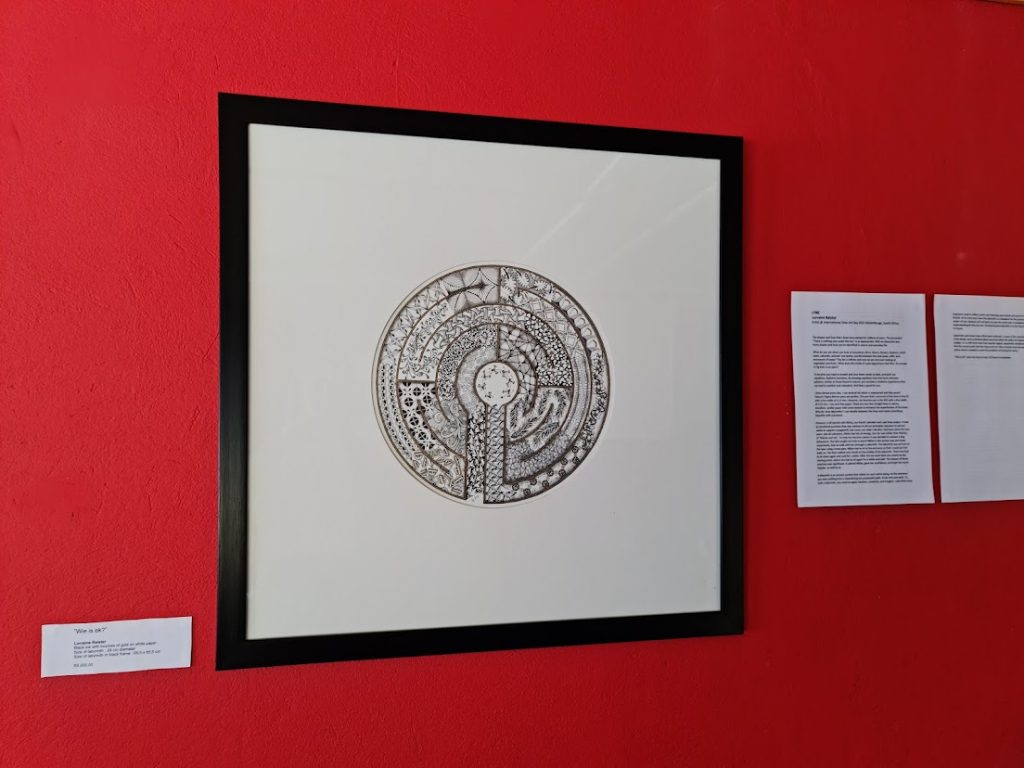
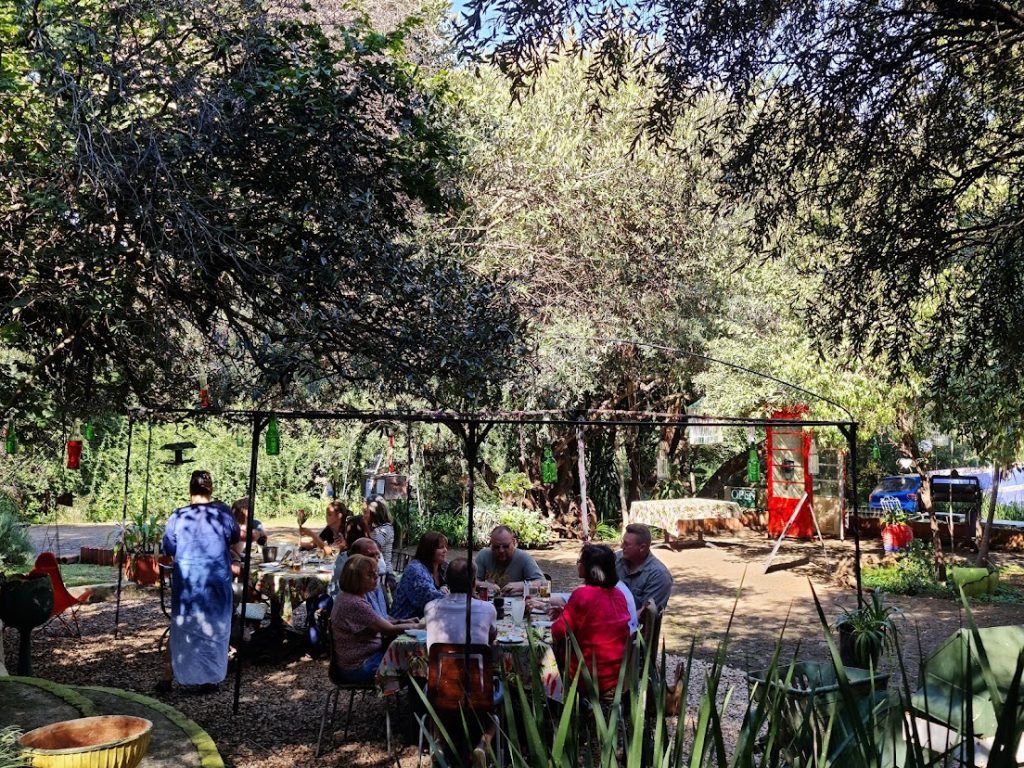
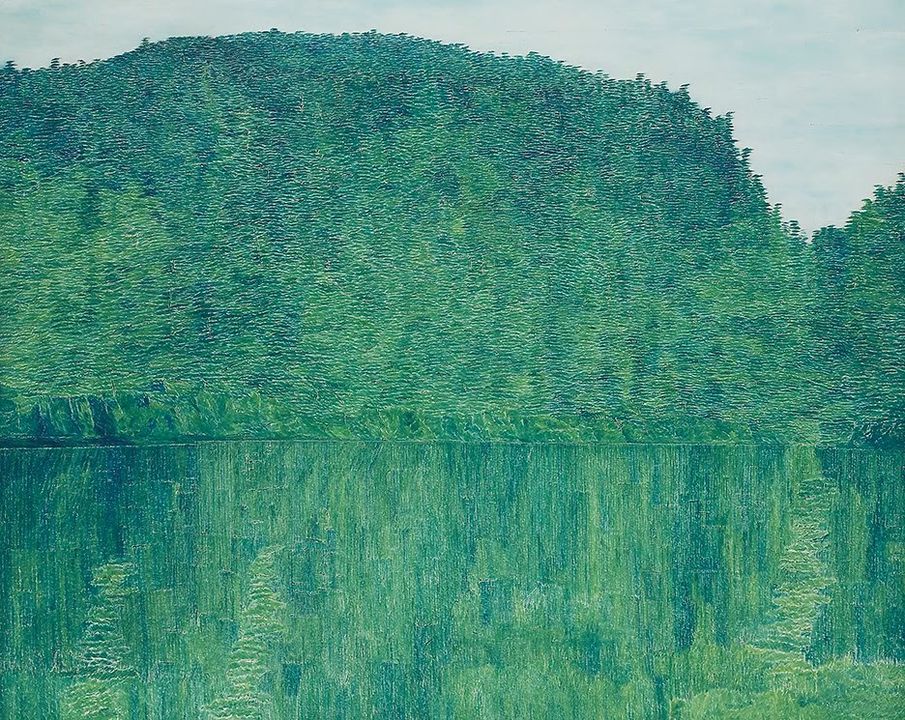
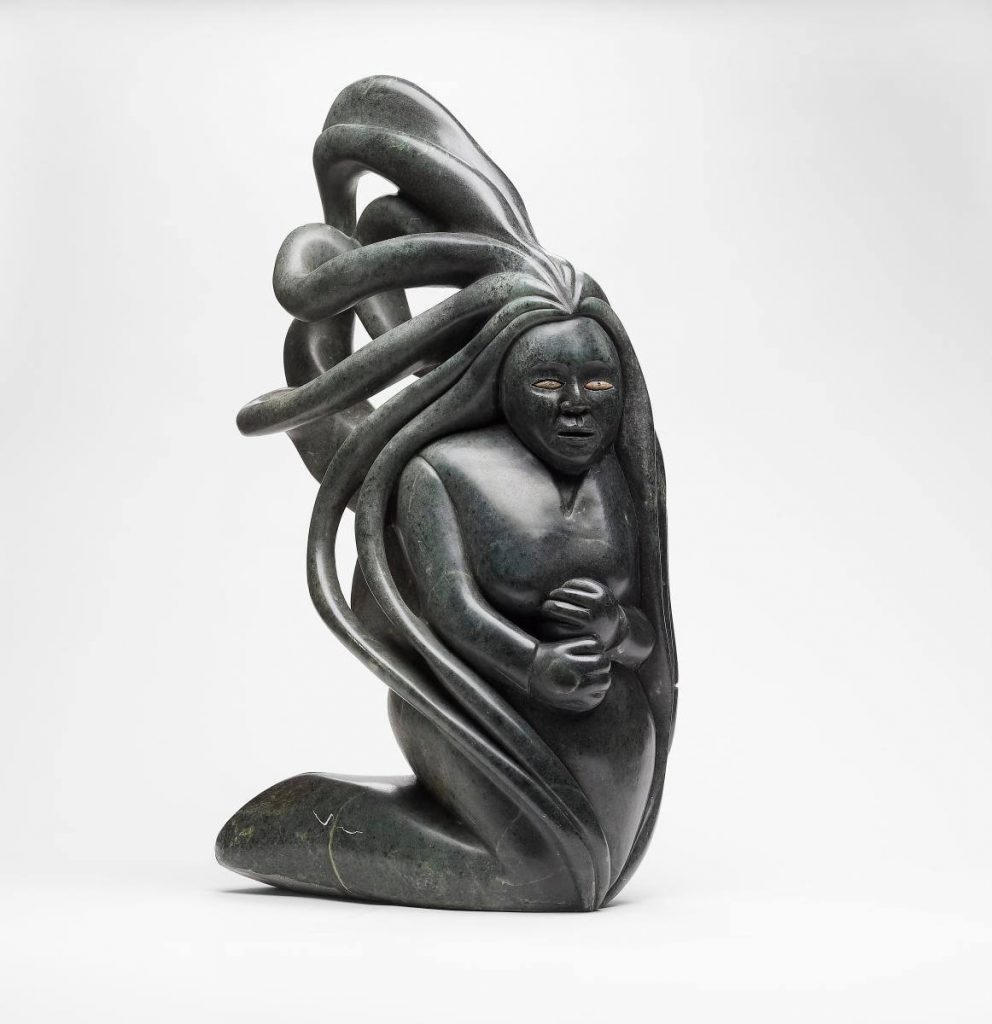
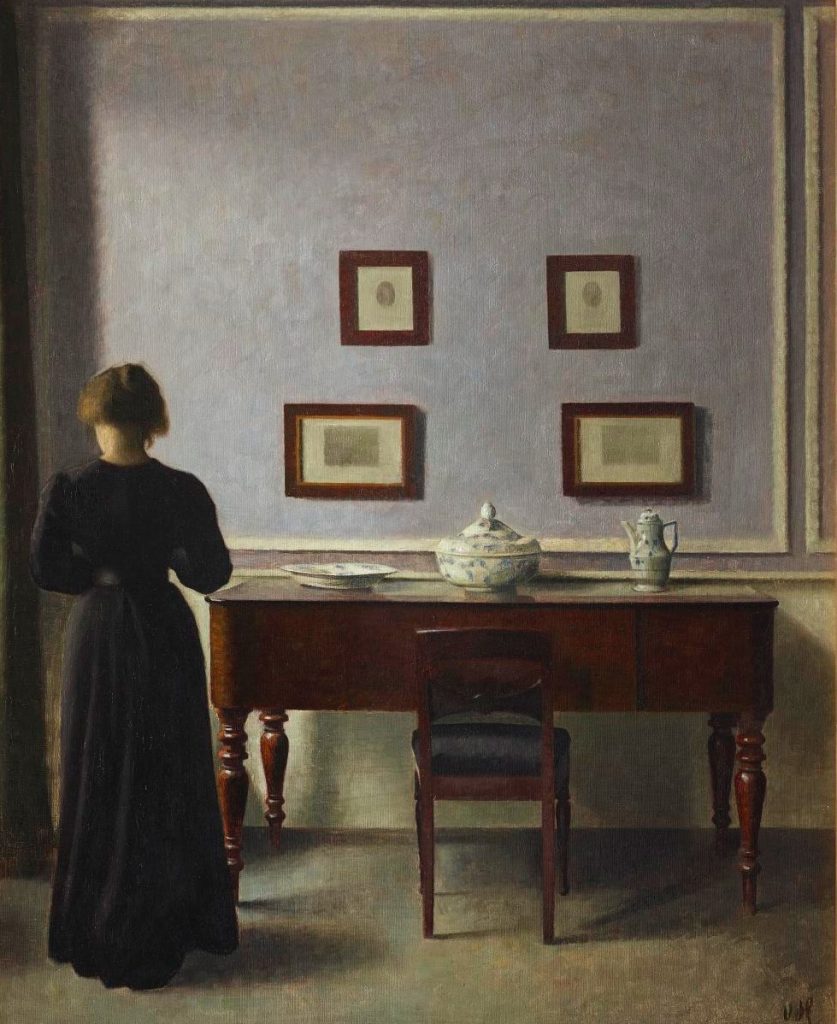
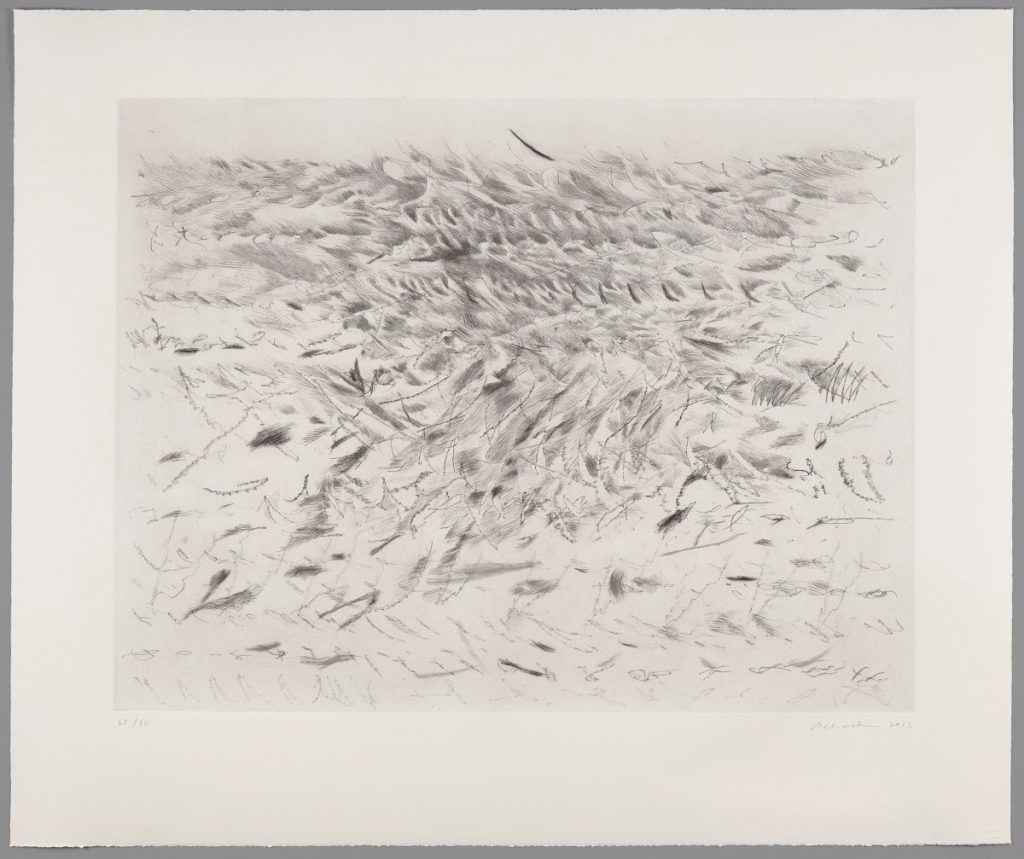
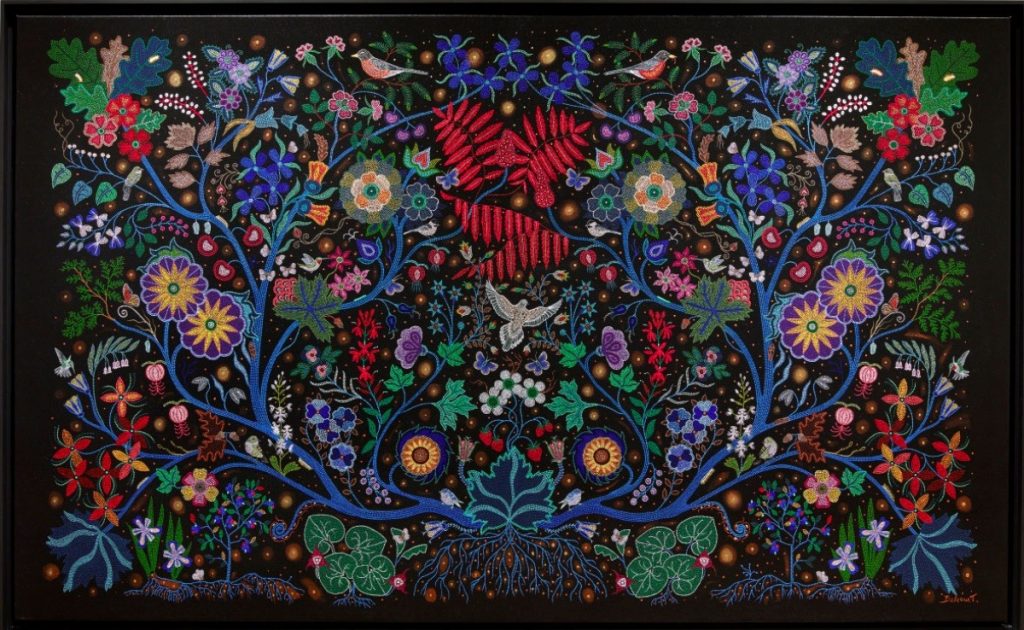
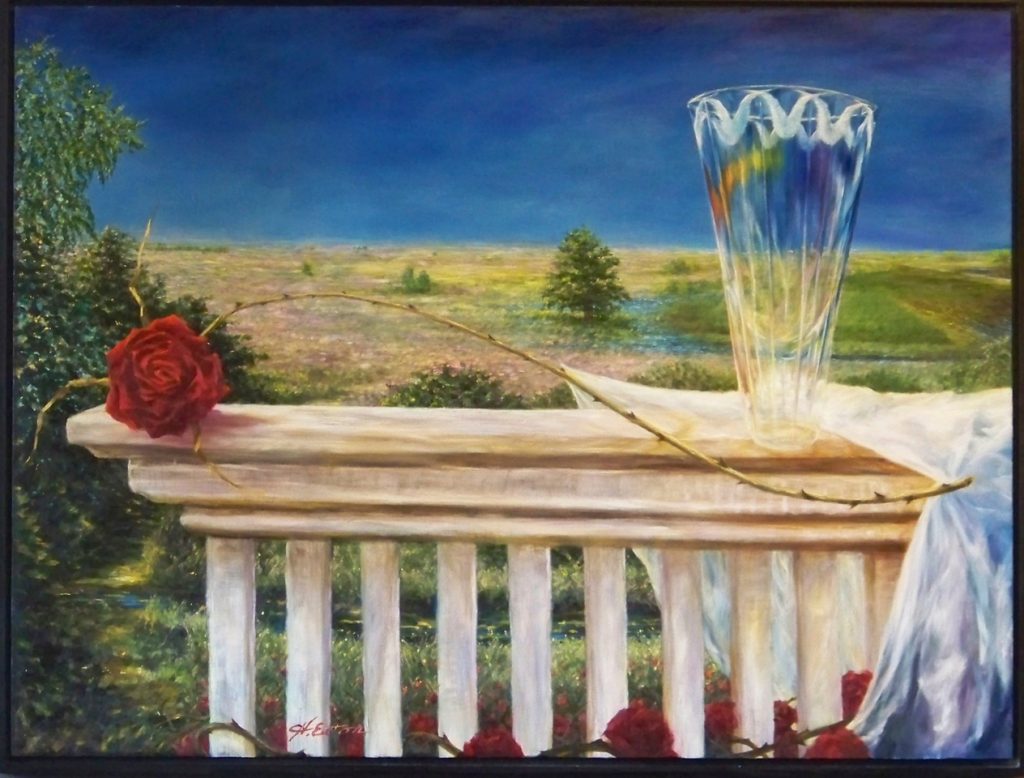
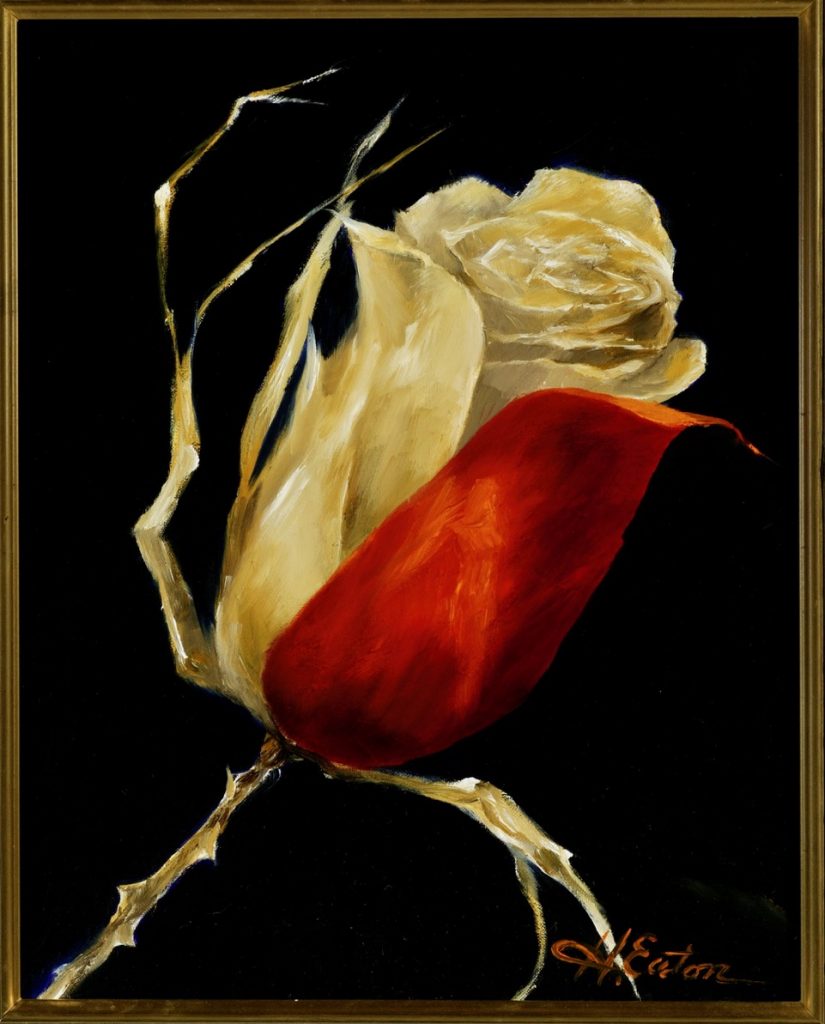

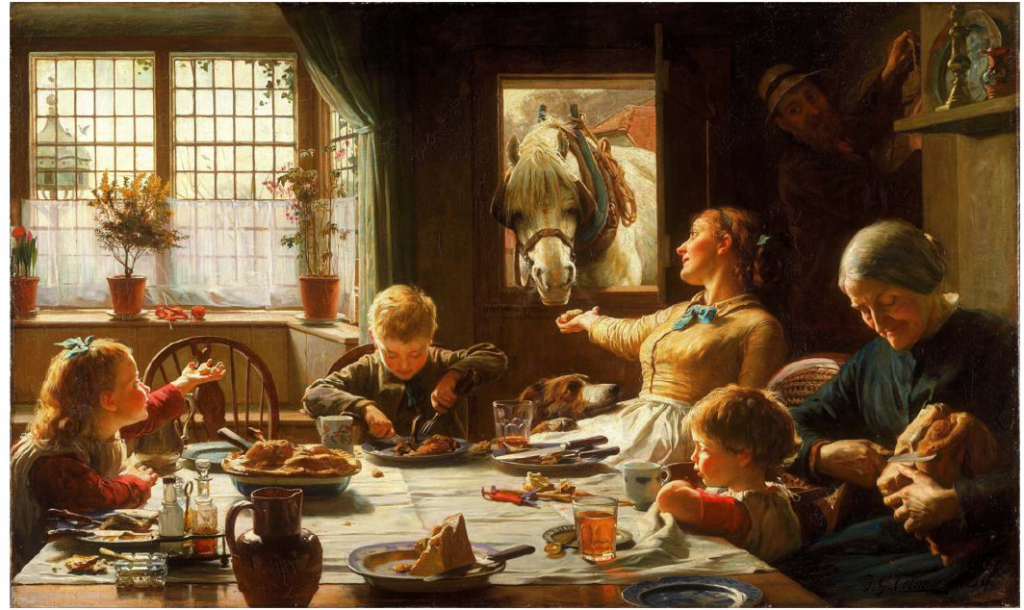
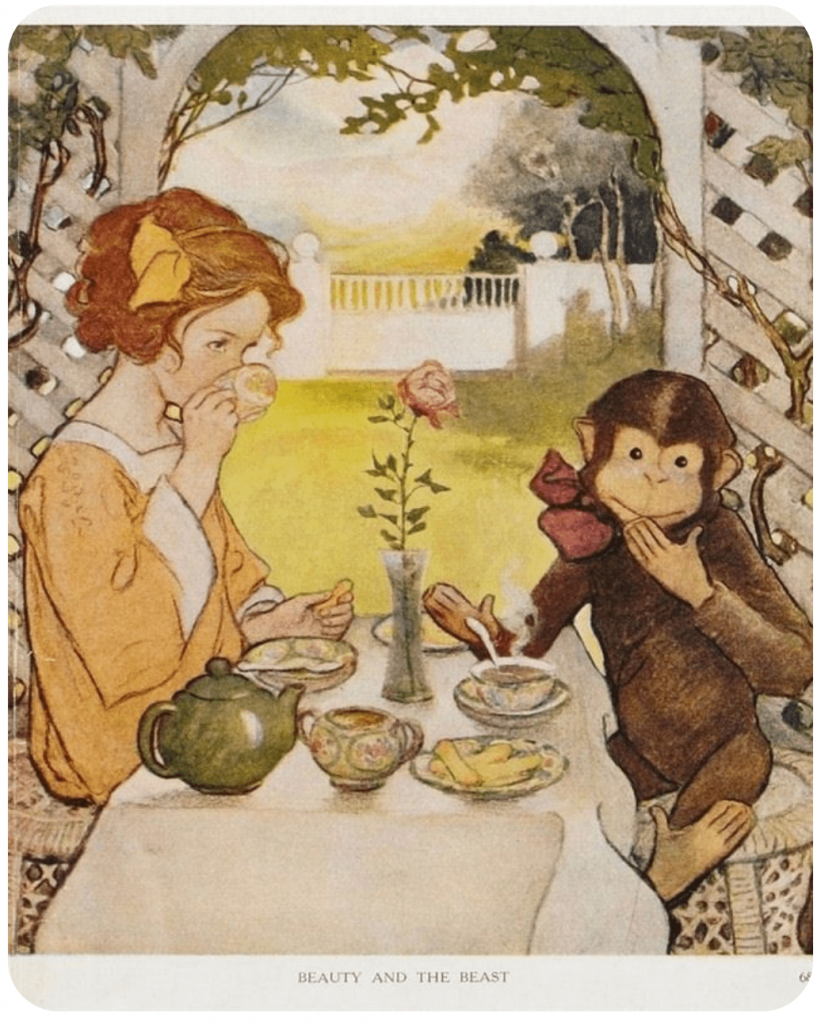
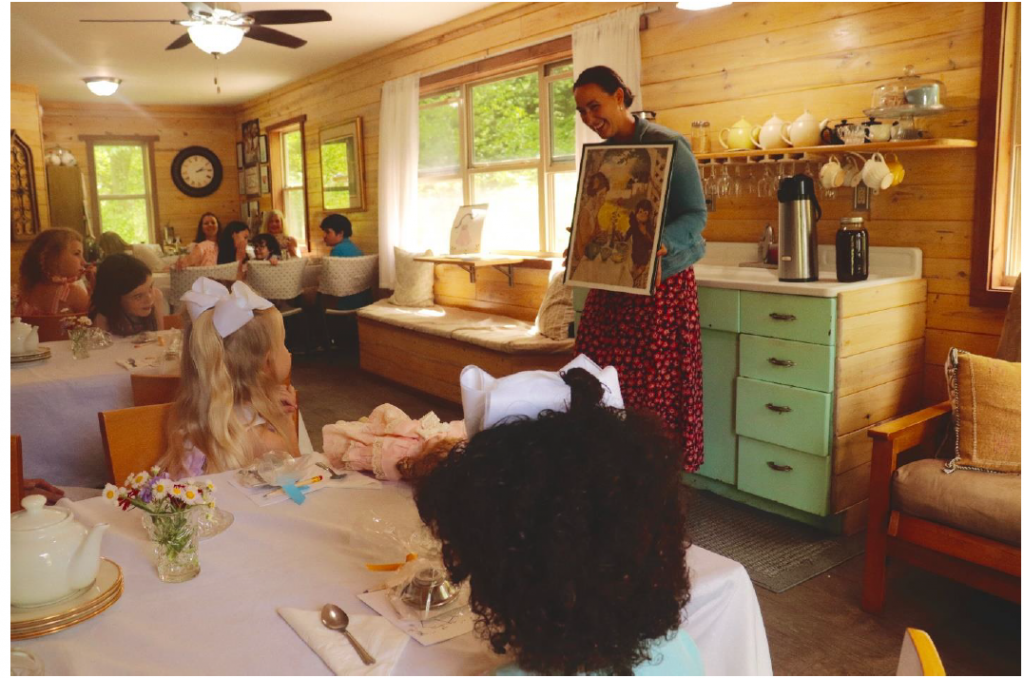
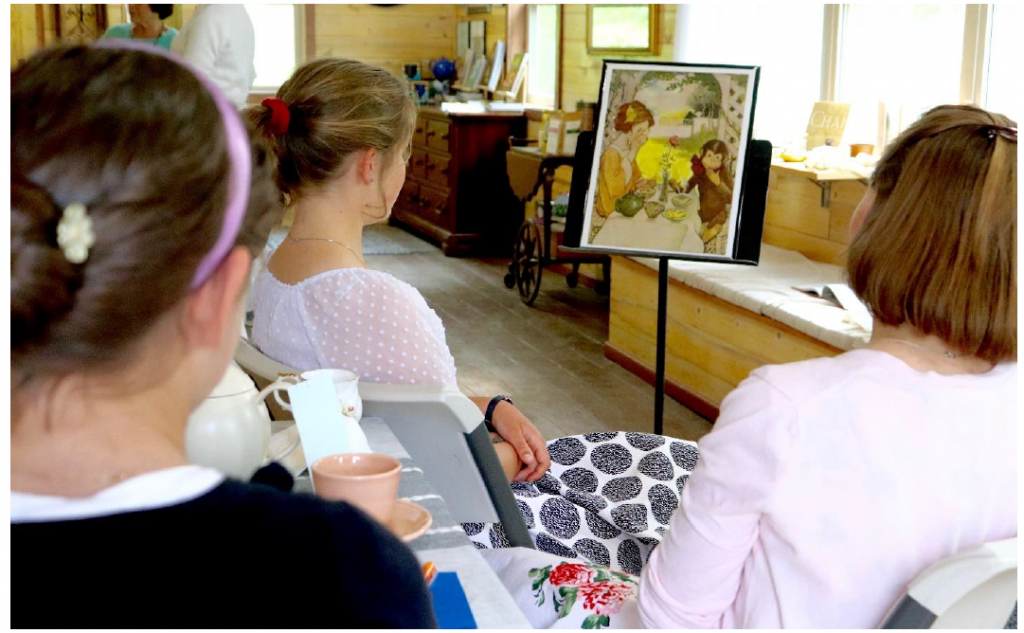
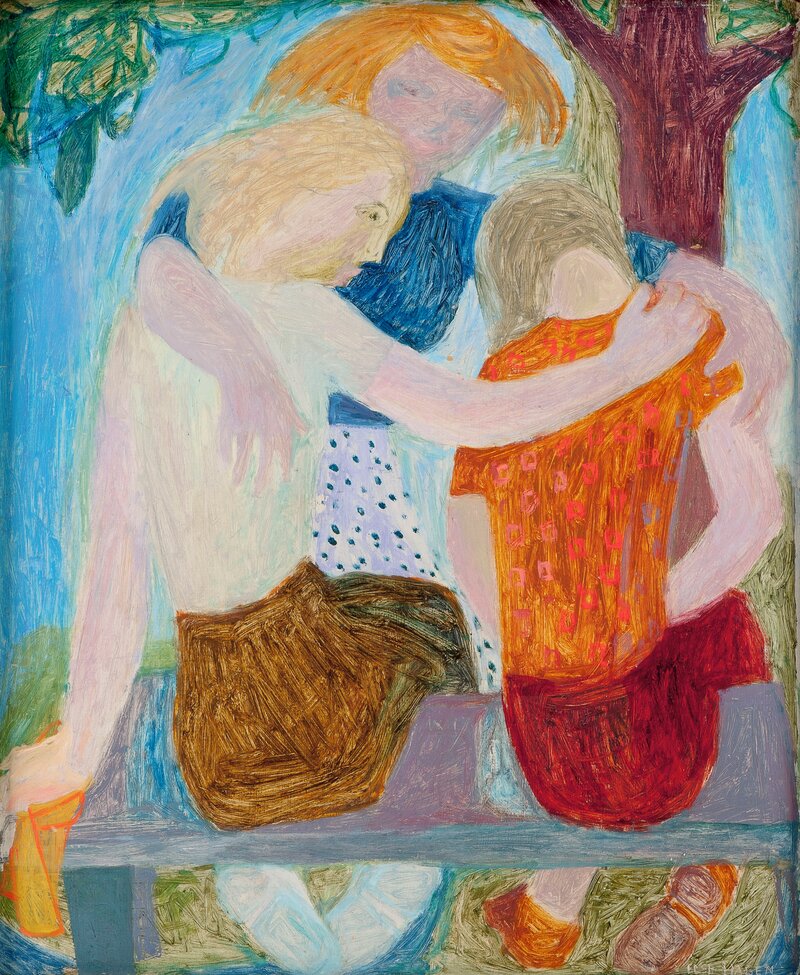
 Thank you very much!”
Thank you very much!”
